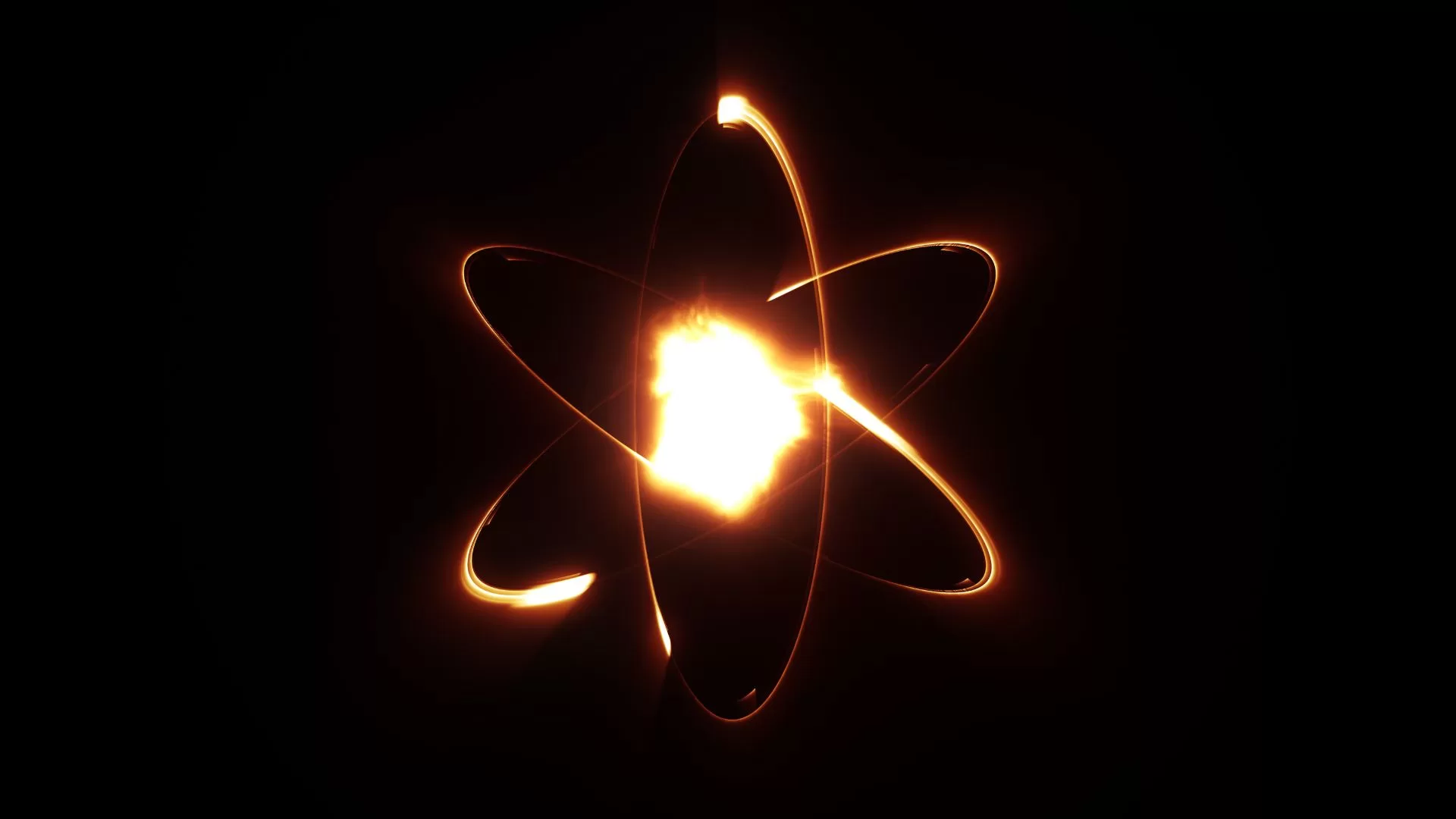Ever walked into a room and felt like something was there, lurking in the corners, just out of sight? That’s a bit like dark matter and dark energy in the universe. They’re the ultimate cosmic enigmas, playing a colossal game of hide-and-seek with scientists. And just like that feeling of an unseen presence, they have a profound effect on everything around them, even though we can’t see them. Spooky, right?
Let’s start with dark matter. This isn’t your everyday matter, like the stuff making up your morning coffee or those lost socks behind the dryer. Nope, dark matter is far more elusive. It doesn’t interact with light, which means it’s invisible to us. But we know it’s there because of the gravitational pull it has on things we can see, like galaxies. Without dark matter’s gravitational glue, galaxies would spin themselves into cosmic oblivion. It’s like the silent partner to all the star-studded action we love to watch through telescopes.
Now, dark energy is even stranger. If dark matter is the glue, dark energy is the universal repellant, pushing galaxies away from each other. It’s like every galaxy woke up one day and decided they needed personal space. This mysterious force is causing the universe to expand at an accelerating rate. It’s not just growing; it’s growing faster and faster, which is kind of like putting your foot on the gas pedal when you thought you were hitting the brakes.
But why should you care about these shadowy cosmic players? Because they’re the key to understanding the ultimate fate of the universe. Will it expand forever, or will it one day collapse under its own weight? It’s the difference between an endless journey and the biggest cosmic U-turn.
And here’s the real kicker: dark matter and dark energy make up about 95% of the total mass-energy of the universe. That’s right, all the stuff we can see and touch is just a 5% sliver of what’s out there. It’s like throwing a party and realizing that most of your guests are invisible.
Understanding dark matter and dark energy is like trying to read a book with most of the pages ripped out. You can get the gist of the story, but the details are hazy. Scientists are the detectives in this interstellar mystery, using clues like the cosmic microwave background radiation—basically the afterglow of the Big Bang—and the behavior of galaxies to piece together the puzzle.
The hunt for dark matter and dark energy is more than just an academic exercise. It’s a quest to understand our origins and our place in the cosmos. It challenges our perceptions of reality and pushes the boundaries of our knowledge. Who knows what secrets they hold? Perhaps they’re the gateway to new physics, new technologies, or even new forms of energy that could one day power our world.
So, the next time you look up at the night sky, remember that there’s more out there than meets the eye. The universe has its own dark side, full of mysteries waiting to be unraveled. Dark matter and dark energy are the final frontiers of cosmic exploration, and we’re just getting started. Who’s ready to join the adventure?










0 Comments